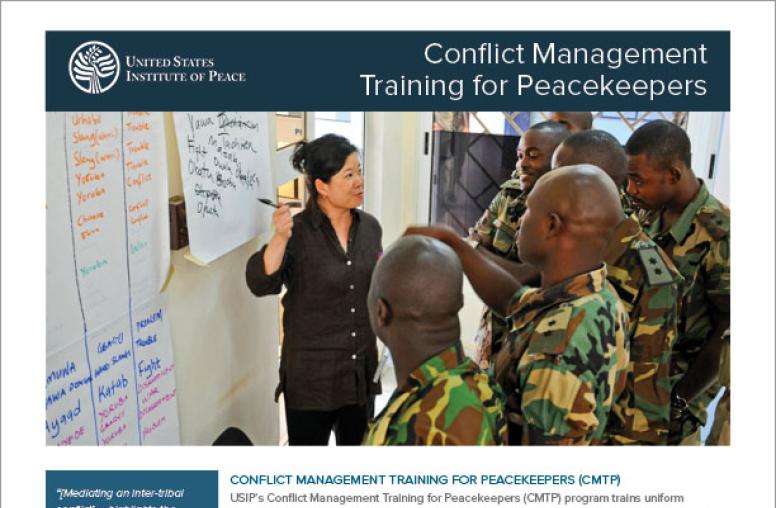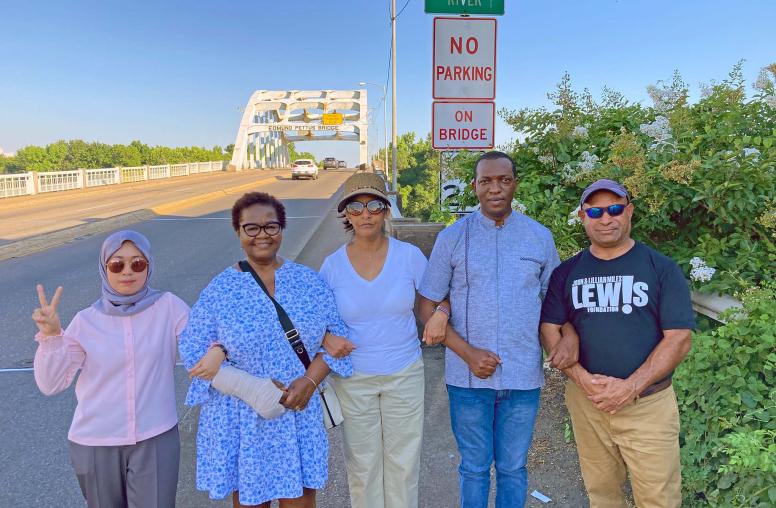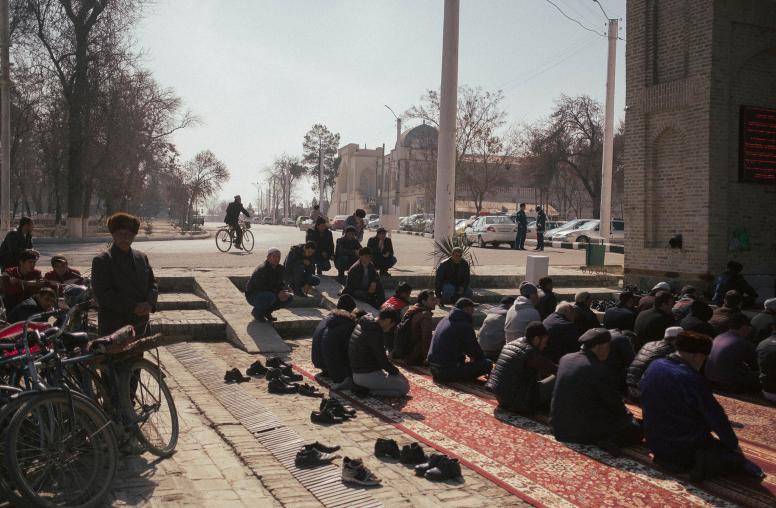A Passion for Clarity
In a recent blog posting entitled “The Anti-Lexicon of Peacebuilding,” British development expert Phil Vernon made a plea for peacebuilders to be as clear and complete as possible in their use of terminology, so as to avoid misdiagnoses.
In a recent blog posting entitled “The Anti-Lexicon of Peacebuilding,” British development expert Phil Vernon made a plea for peacebuilders to be as clear and complete as possible in their use of terminology, so as to avoid misdiagnoses.
His examples of terms that are often used in lazy or incomplete ways include weak governance, unaccountable leaders, and conflict.
At USIP, we share Vernon’s passion for “clarity of description” and his belief that it will enhance programming on the ground and therefore help build peace.
Soon after the Institute established its Academy for International Conflict Management and Peacebuilding in 2009, we realized that we needed to reach broad agreement on terminology, especially because of the cross-disciplinary nature of the field.
We originally intended to use mostly existing definitions but found that there were surprisingly few that everyone agreed on. So our definitions gradually expanded, as we worked to provide the context that Vernon calls for, and occasionally to explain how a term was used differently in varying contexts.
In 2011, we published the results as Peace Terms: Glossary of Terms for Conflict Management and Peacebuilding. The print version is now out of print but the web version remains available.
As an example of the complex nature of this task, we need look no further than the definition for “conflict.” USIP’s short definition is simply “an inevitable aspect of human interaction, present when two or more individuals or groups pursue mutually incompatible goals.” But there are different kinds of conflict, so we added: “Conflicts can be waged violently, as in a war, or nonviolently, as in an election or an adversarial legal process.” And to focus specifically on the field of peacebuilding, we continued with: “When channeled constructively into processes of resolution, conflict can be beneficial.” We also added cross-references to the entries for “violence” and “war.”
In other cases, showing context means describing how a term has evolved over time. For example, “Peacekeeping: Traditionally, action undertaken to preserve peace where fighting has been halted and to assist in implementing agreements achieved by peacemakers. . . . The scope of peacekeeping activities has gradually broadened since the end of the Cold War to include civilian and humanitarian activities.”
And perhaps the hardest word of all to define: “peace,” which “evokes complex, sometimes contradictory, interpretations and reactions.”
How do you define peace? Let us know by submitting a comment below.
Dan Snodderly is an adviser in USIP’s Academy for International Conflict Management and Peacebuilding.



